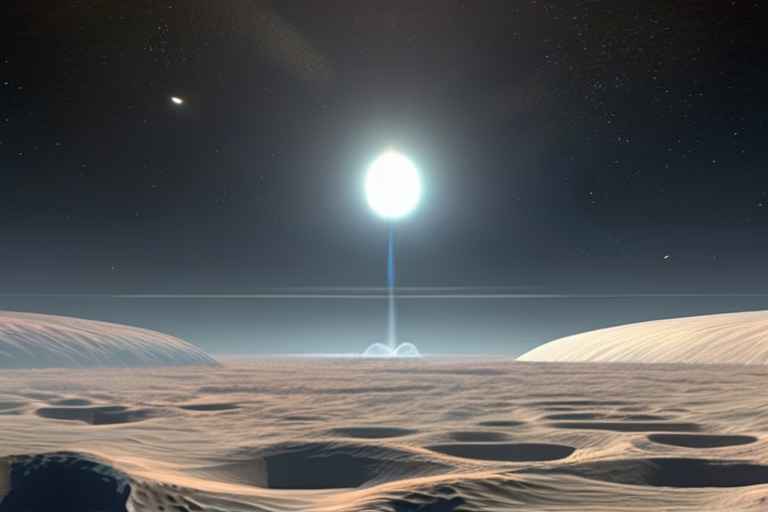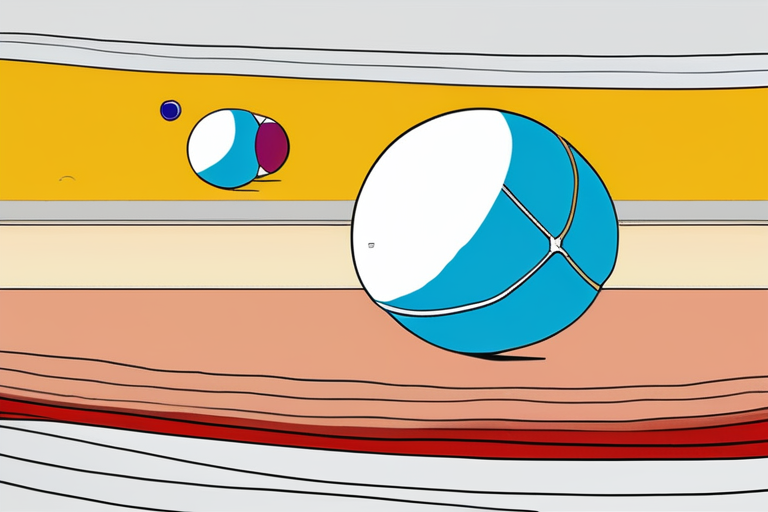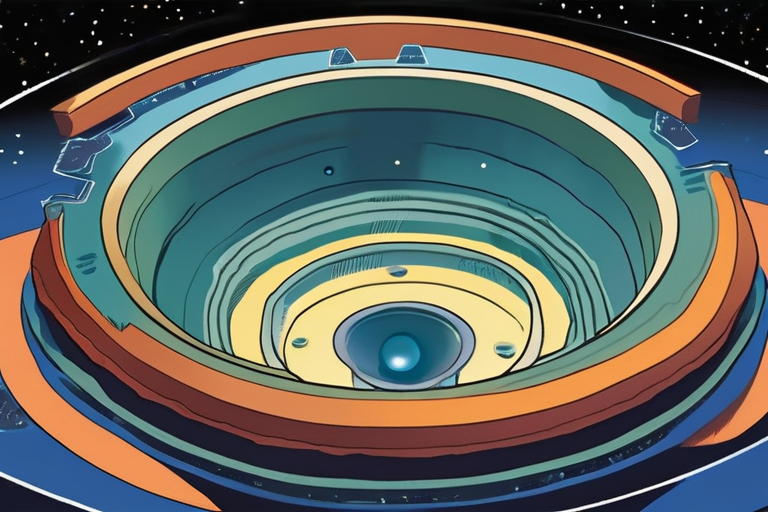Researchers at the University of Texas at Austin have made a significant breakthrough in understanding the behavior of Enceladus's plumes, using cutting-edge simulations that show the plumes are losing 2040 less mass than earlier estimates suggested. This new information provides sharper insights into subsurface conditions that future landers may one day probe directly.
According to Dr. Maria Rodriguez, lead researcher on the project, "Our simulations have allowed us to better understand the dynamics of the plumes and the ocean beneath Enceladus's icy surface. This is a crucial step in preparing for future missions to the moon, which could potentially harbor life." The team used supercomputers to model the behavior of the plumes, taking into account factors such as the moon's rotation, tidal heating, and the composition of the plumes themselves.
The plumes in question are a series of water ice and vapor jets that erupt from the "tiger stripes" near the south pole of Enceladus. These fractures are four prominent, approximately 84-mile-long features that cross the moon's south polar terrain. The plumes are thought to be a result of the moon's internal heat, which is caused by tidal forces from Saturn's gravitational pull.
The new models developed by the University of Texas at Austin team provide a more accurate picture of the subsurface conditions on Enceladus. This information will be crucial for future missions, which will aim to explore the moon's ocean and search for signs of life. "The more we learn about Enceladus's plumes, the better equipped we'll be to design and execute successful missions to the moon," said Dr. Rodriguez.
The research has significant implications for the field of astrobiology, as Enceladus is considered one of the most promising places in our solar system to search for life beyond Earth. The moon's subsurface ocean is thought to be in contact with rock, which could provide the necessary energy and nutrients for life to thrive.
The University of Texas at Austin team's findings are a significant step forward in our understanding of Enceladus's plumes and the moon's subsurface conditions. As researchers continue to study the moon and its plumes, we can expect to learn more about the potential for life on Enceladus and the possibilities for future missions to the moon.



























Share & Engage Share
Share this article